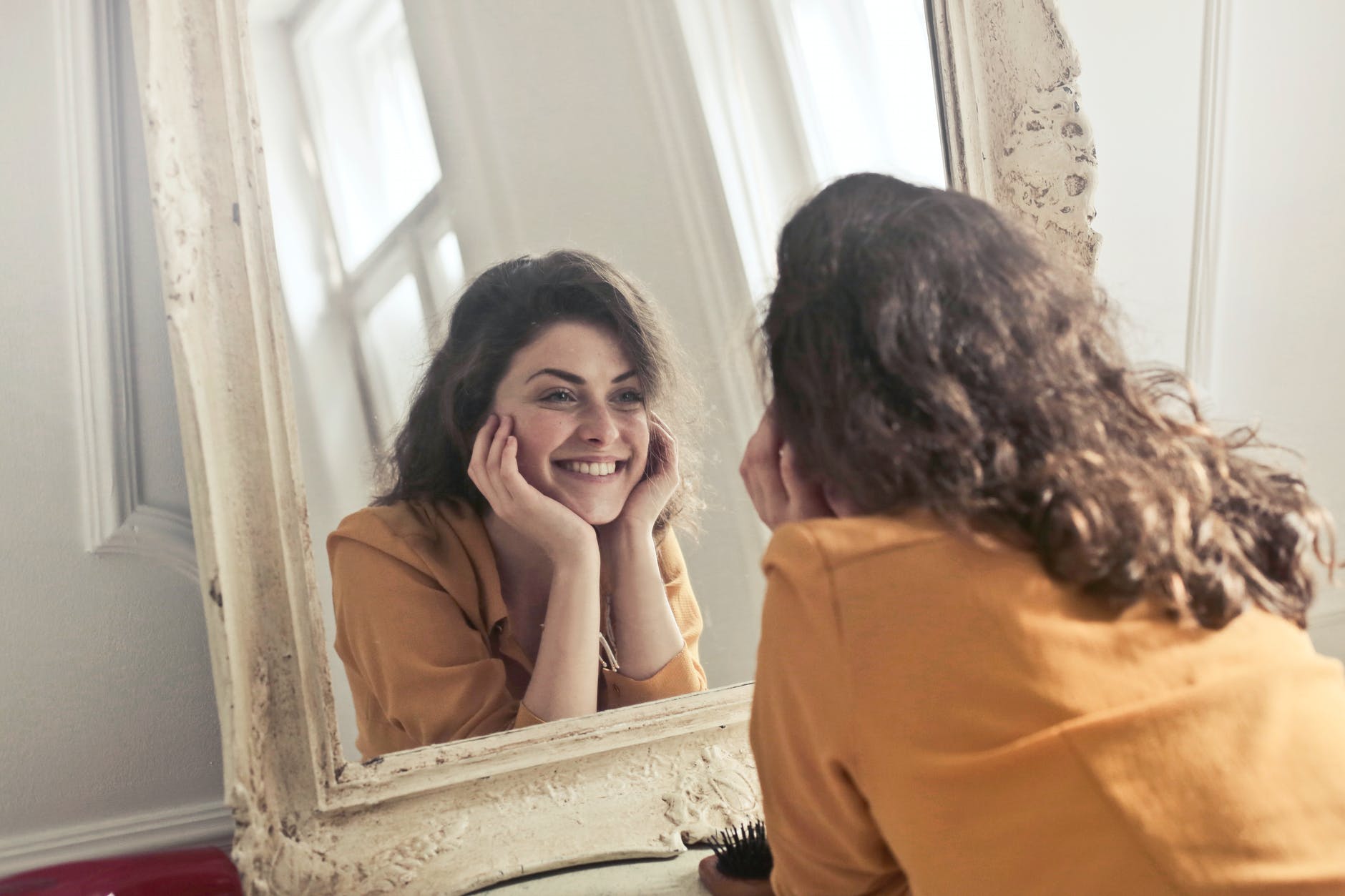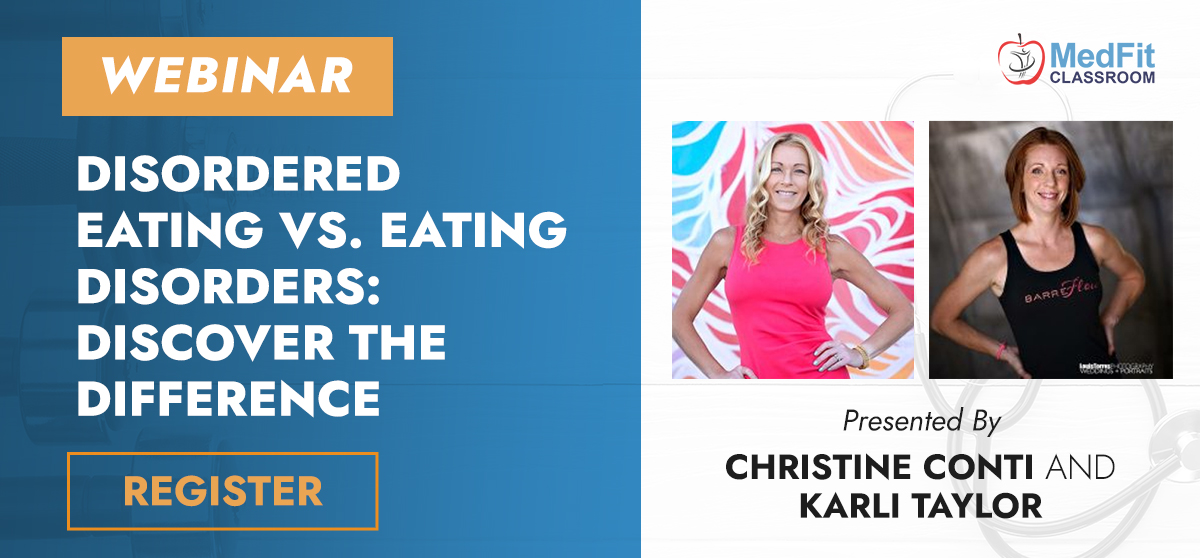Nearly 8 million individuals in the US currently have a diagnosable eating disorder. Though that is a big number, it’s not big enough to guarantee that everyone reading this knows someone who is impacted.
Here’s the thing, that number DOES NOT include those with more subtle disordered eating symptoms. This broadens the scope quite a bit.
What if we looked at diagnosable eating disorders as the far end of a spectrum?
Let’s call the other end, healthy intuitive eating.
What does that mean? Healthy intuitive eating means that you eat when you are hungry. It also means that you eat what you are hungry for, and you stop when you feel satisfied.
There are people that fall on that far end. Truly. I have even met one or two! They are not unicorns- possibly the closest living things though.
Let’s label everything in the middle as “disordered eating”. This would include behaviors like overeating, food restricting, skipping meals, over-exercising, overly rigid eating schedules and so many more.
The majority of people, that I know anyway, lie somewhere in that space. Would you agree? Where do you fall?
The big difference between eating disorders and disordered eating is that the latter is typically not lethal and is not all-encompassing.
The big similarity is that more often than not, individuals impacted have a poor body image.

Body image is how you see yourself when you look in the mirror or when you picture yourself in your mind. It encompasses:
- What you believe about your own appearance
- How you feel about your body
- How you sense and control your body as you move.
- How you physically experience or feel in your body.
Many of us internalize messages starting at a young age that can lead to either positive or negative body image. Let’s clarify what that means.
Positive body image is a clear, true perception of your shape; seeing the various parts of your body as they really are. Body positivity involves feeling comfortable and confident in your body, accepting your natural body shape and size, and recognizing that physical appearance says very little about one’s character and value as a person.
A negative body image, on the other hand, involves a distorted perception of one’s shape. Negative body image involves feelings of shame, anxiety, and self-consciousness. Those with negative body image are constantly comparing themselves to others without recognizing that they are essentially comparing apples to bananas… oranges aren’t far enough away… In such comparisons, they determine their perceived self-worth or value.
As with disordered eating, body image concerns can affect most of us. Recognizing the positive in our bodies can have a huge impact on both of these things. When you are stuck in a spiral of negative self talk, try thinking about things that your body can do. It is easy to judge your looks by looking through unrealistic lenses, but what if you took a moment to appreciate the amazing machine that you possess.
Webinar with Karli Taylor and Christine Conti
Karli Taylor is an entrepreneur and leader passionately working to shape the nation’s fitness and wellness industry through innovative programming that can be incorporated into any lifestyle. Karli has been in the industry for over 20 years. Beginning as a group exercise instructor and personal trainer, she worked her way to an executive position at a fitness chain in the northeast where she worked behind the scenes for 5 years, until her love of teaching drove her to leave the corporate office for the gym floor. She is the co-founder and creator of BarreFlow, through which she certifies fitness professionals around the globe.

